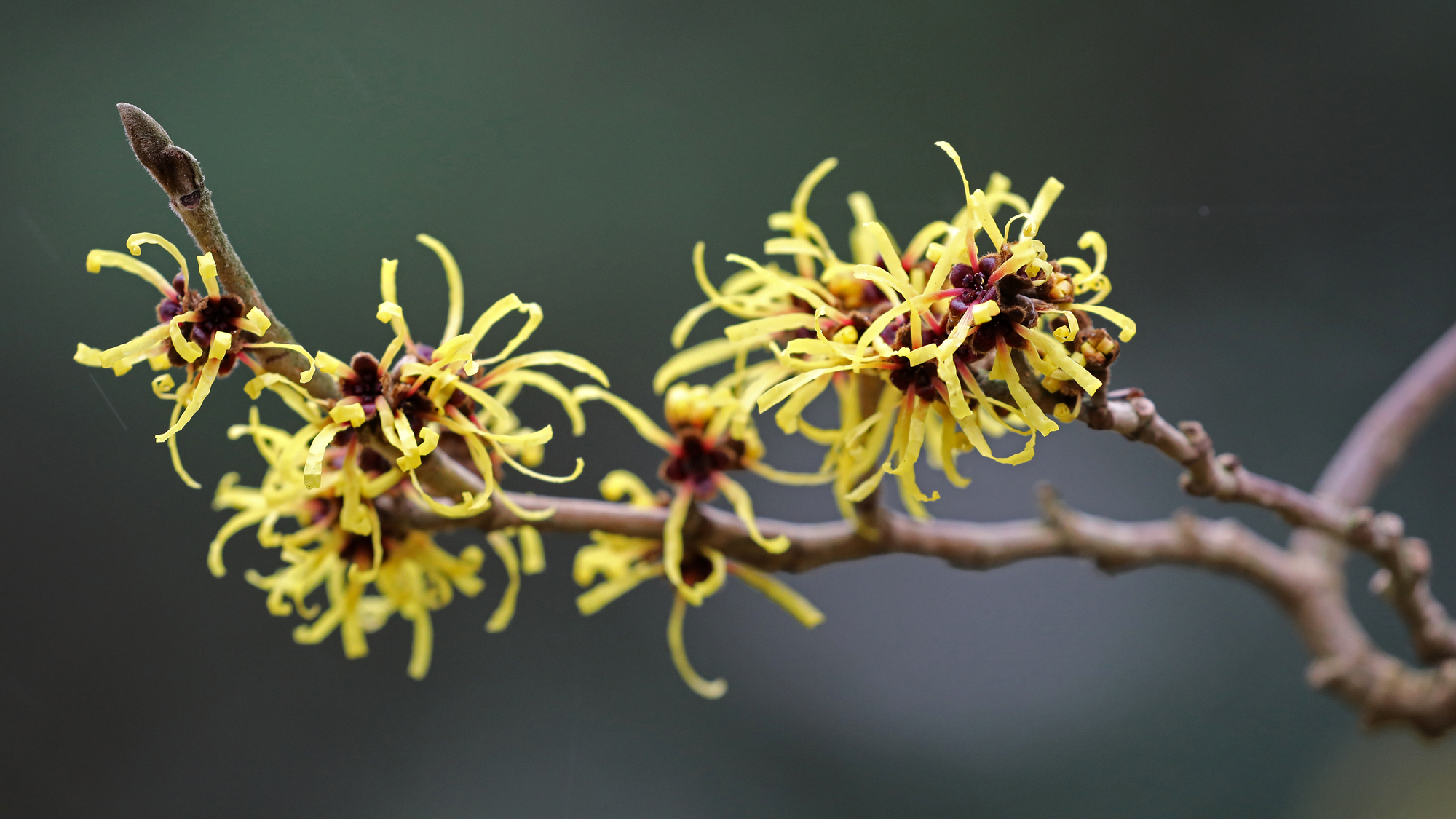

Despite witch hazel plants’ various medicinal uses, a closer inspection of their propagation techniques more resembles cannonfire than convalescence. As witch hazels’ woody seed capsules dry and warp, they split open and build pressure against the seeds themselves. Eventually, the pressure ejects the seeds from their pods in an impressive display of force for something so small. Getting a detailed look at that process, however, is difficult to do with the naked eye.
“If you blink you’ll miss it,” Justin Jorge, a Duke University biomechanical engineering graduate student, explained in a statement earlier this month.
As detailed in a paper recently published in the Journal of the Royal Society Interface, training high-powered cameras on witch hazel seed launches is providing a better glimpse at how the delicate plants can exert so much comparative force. In time, their findings could influence a new generation of leaping robots.
[Related: Leaping robots take physics lessons from grasshoppers.]
The witch hazel deep dive comes courtesy of senior author and Duke University professor of biology Sheila Patek, who Jorge worked alongside as part of their PhD thesis. According to the study, Patek’s team first trained a high-speed, 100,000 frames per second video camera on three varieties of seed-bearing witch hazel plants collected from Duke Gardens and Duke Forest. Researchers then waited for the plants to propagate, and examined their speeds and velocities. The playbacks proved both impressive, and surprising.
Upon review, witch hazel seeds accelerate upwards of 30 feet-per-second within just half a millisecond of leaving their pods. What’s more, the speed is largely uniform across plant breeds, regardless of seed sizes ranging from as light as just 15 milligrams, to seeds 10 times as massive.

“We found that the launch speeds were all roughly the same,” continued Jorge. “Given the order of magnitude difference in seed masses, I was not expecting that at all.”
Further investigation revealed that witch hazel plant varieties’ seed capsules are proportional to the size of the seeds themselves—heavier seeds mean larger pods, thus a greater reserve of elastic energy. This ensures that, regardless of plant or seed size, the rapidfire launch speed remains consistent.
Jorge explained that while most people may associate springiness with coils, rubber bands, or archery bows, biology allows for “all these weird, complex shapes.” It stands to reason, then, that these unique designs could improve synthetic springs, such as those found within certain small jumping robots.
“People ask me all the time, ‘why are you looking at seed-shooting plants?’” said Jorge. “It’s the weirdness of their springs.”